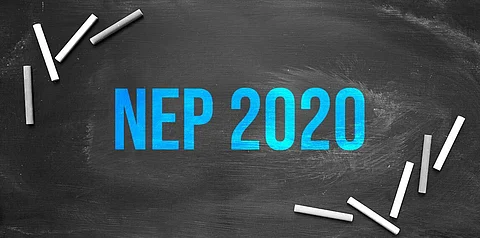

Marking five years of the National Education Policy (NEP) 2020, the Centre is now set to launch a major reform in the accreditation system for higher education institutions across the country. The plan now is to shift to a binary model – ‘accredited’ or ‘not accredited’ – and replace the multi-tiered grading system in place. This means institutions will now be assessed against fixed standards, rather than ranked against each other.
The government has also launched the ‘Bharatiya Bhasha’ – a digital tool that enables translations between Indian languages and bypasses English as a mediator. Additionally, the government is also planning to roll out the Centre of Excellence in AI in education, as was announced in the Union Budget 2025.
These announcements can be expected today – July 29, 2025, as a national event commemorating the fifth anniversary of NEP 2020 is set to be held at Bharat Mandapam, involving senior ministers, state representatives, and educationists.
The new accreditation model aims at streamlining the process and encouraging better participation among higher education institutions (HEIs). The new binary system will demand institutions to meet the set benchmarks to qualify as ‘accredited’, contrary to the earlier framework, wherein institutions were graded (A++, A, B).
According to a report by The Times of India, a senior education ministry official said: “The change was designed to address the reluctance of many HEIs to apply for accreditation due to the effort involved and uncertainty about securing a favourable grade”.
The questions posed over the credibility and participation in the existing regime, and the controversies revolving around the National Assessment and Accreditation Council (NAAC) triggered this shift. Incongruous grading patterns and a lack of transparency had drawn criticism from policymakers and academics alike, prompting a rehaul.
The official further said, “Under the new model, all institutions that meet benchmark standards will be treated equally in the first phase. Grading from 1 to 5 will follow in the second stage, expected to begin in the next 5 to 6 months. Institutions will climb the grading ladder sequentially – starting from Grade 1 – based on verified performance data”.
A triangulation method will be followed, wherein, various tools and sources will be used to ensure accuracy. Additionally, there will not be any physical inspections and only government agencies and institutions will be allowed for verification.
It is also expected that there will be announcements pertaining to improving infrastructure and access in schools – including new buildings for Kendriya Vidyalayas and Navodaya Vidyalayas.
